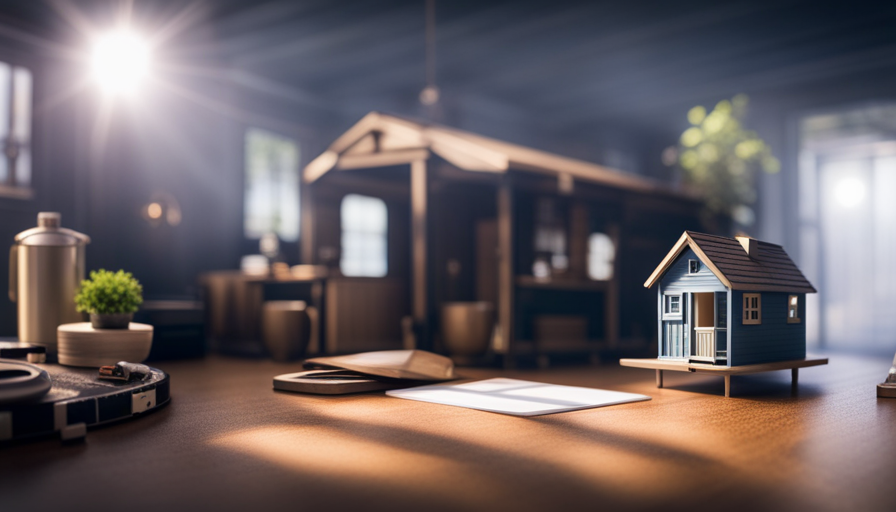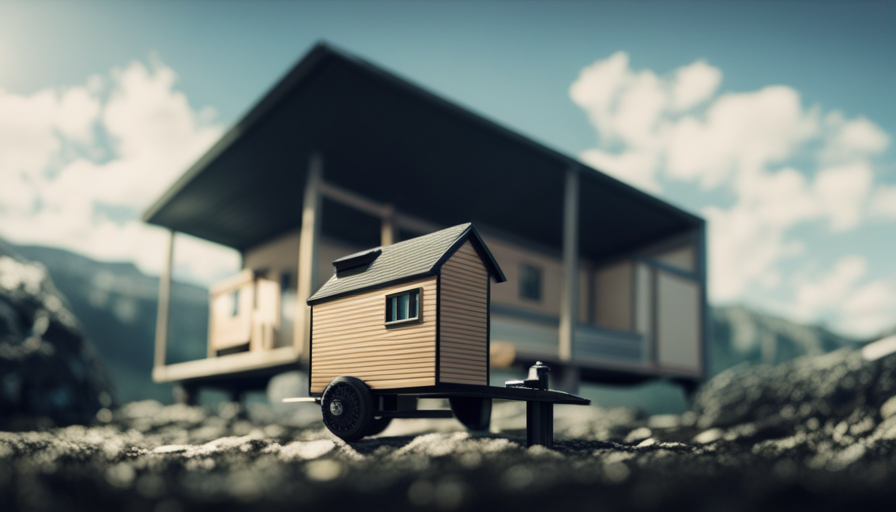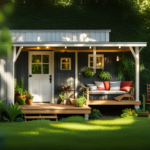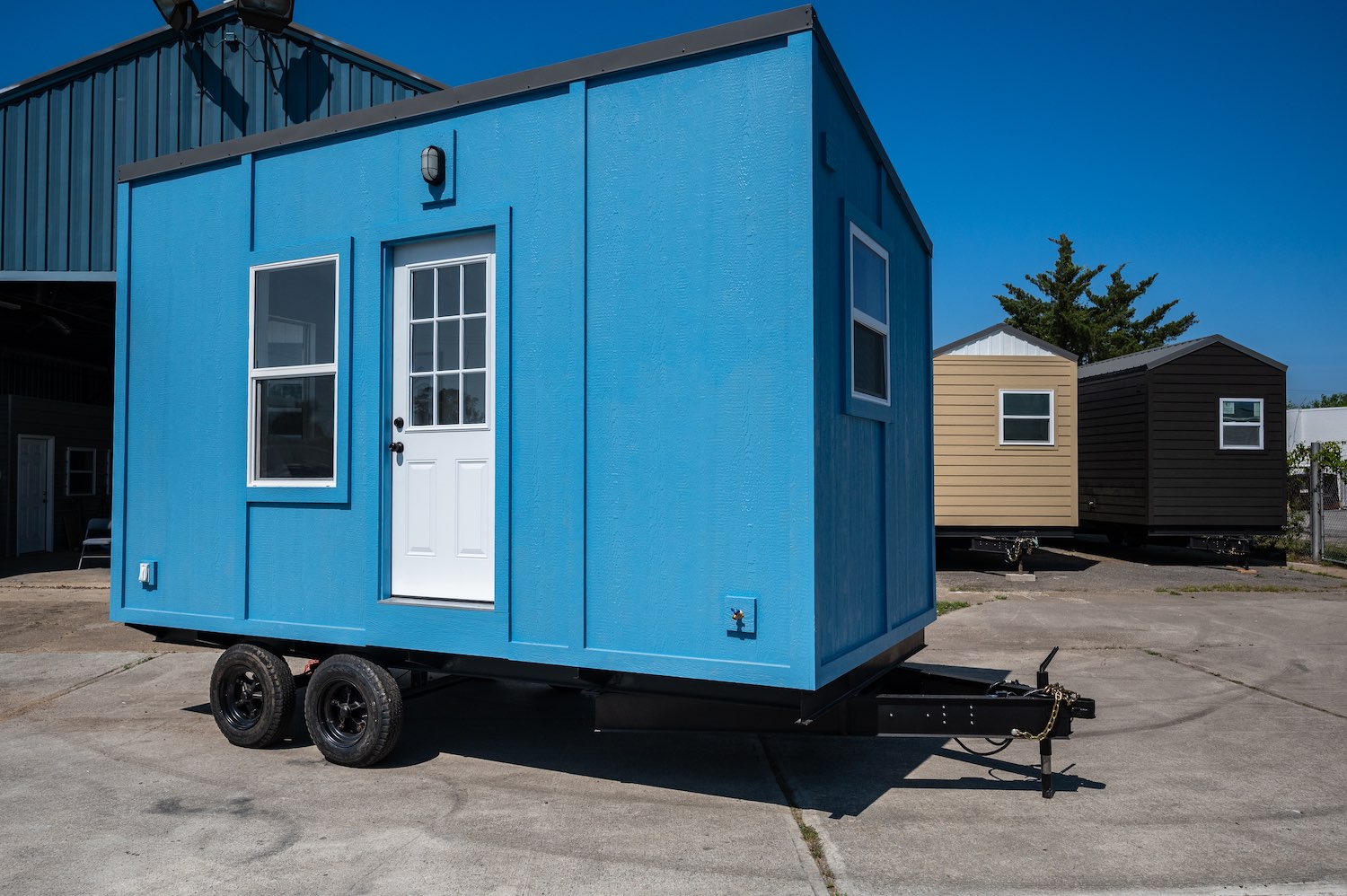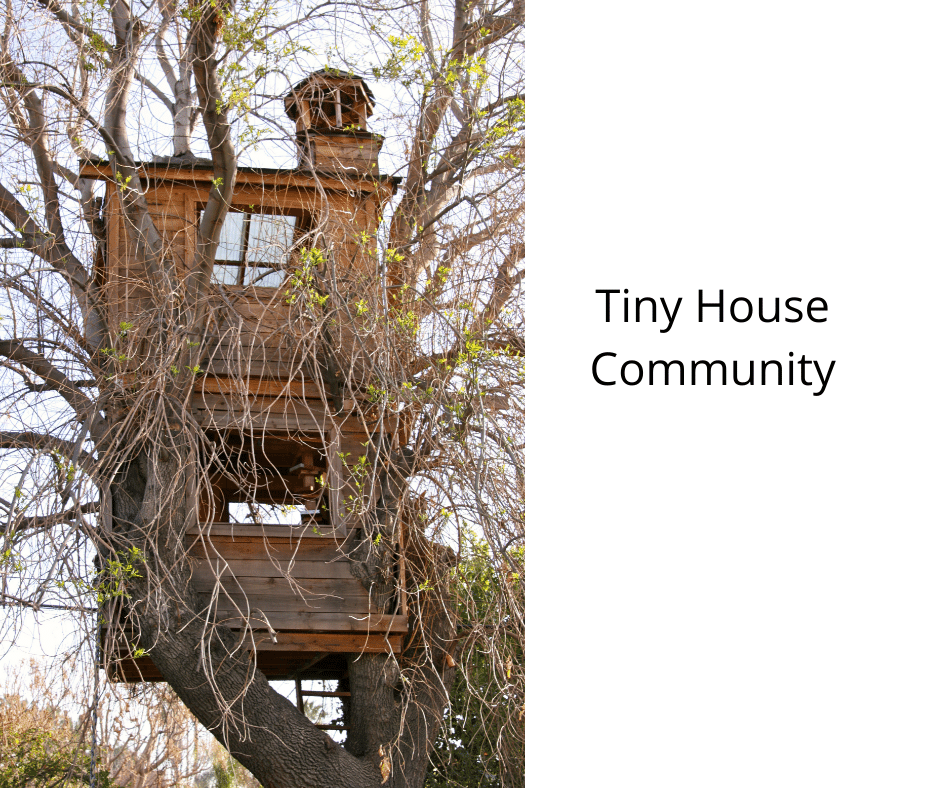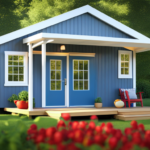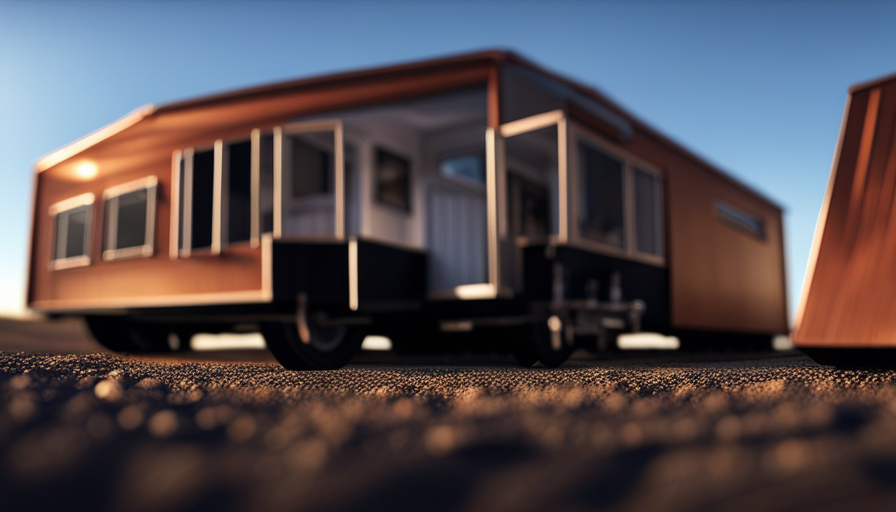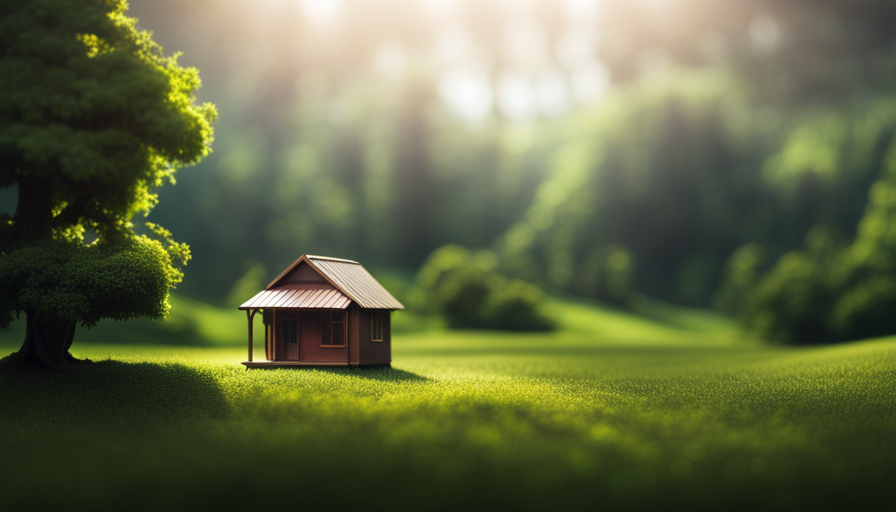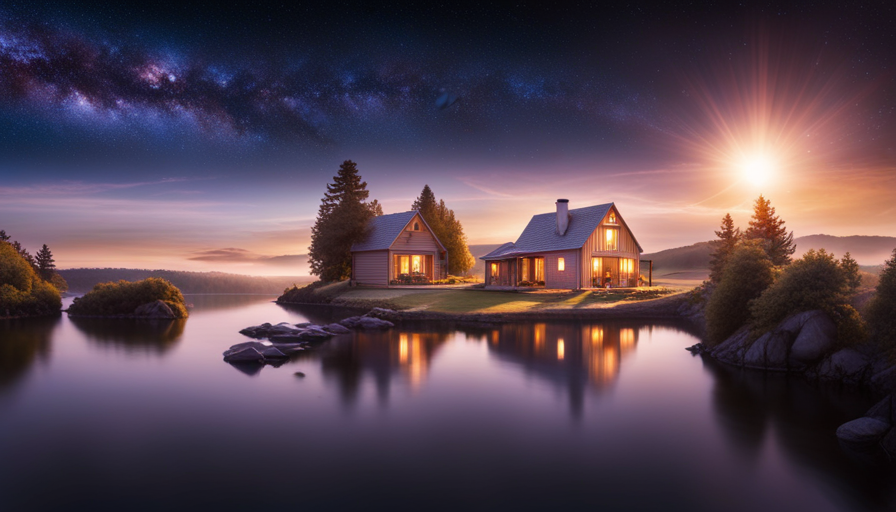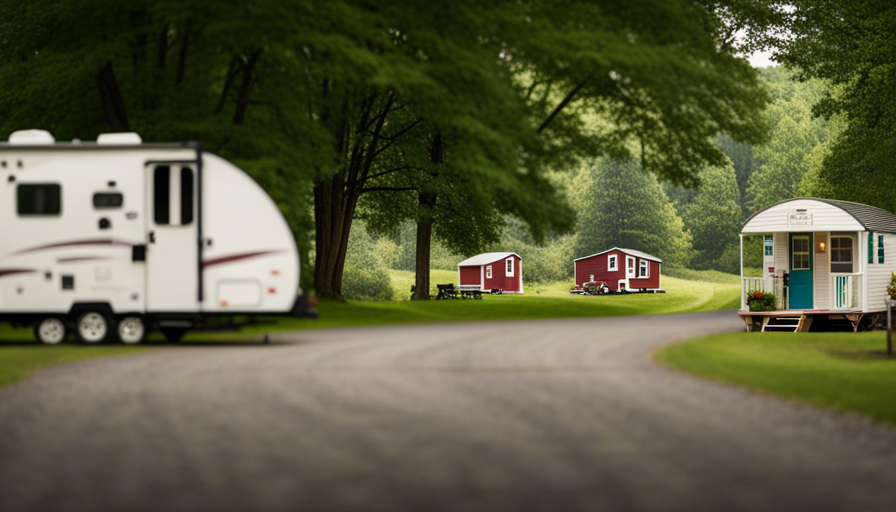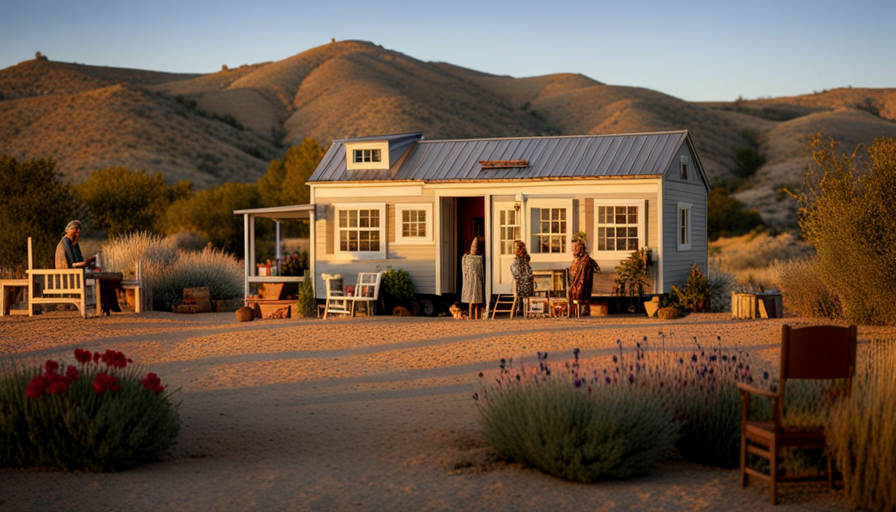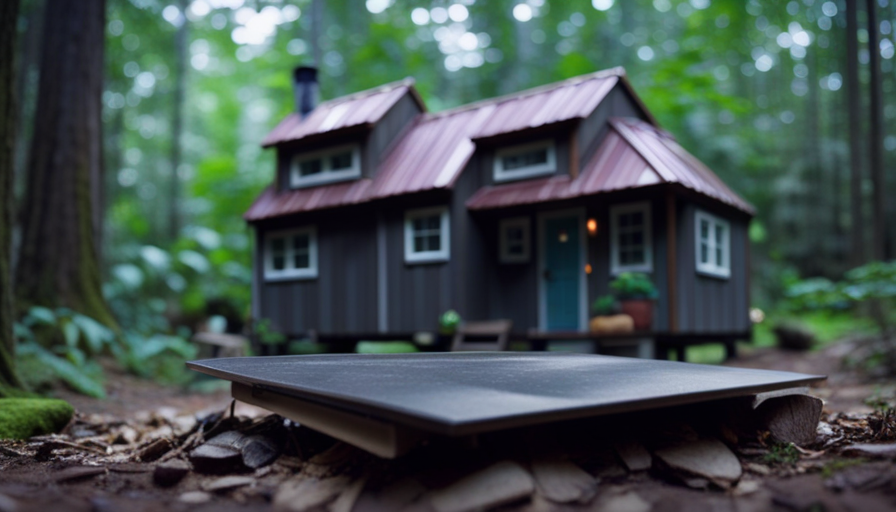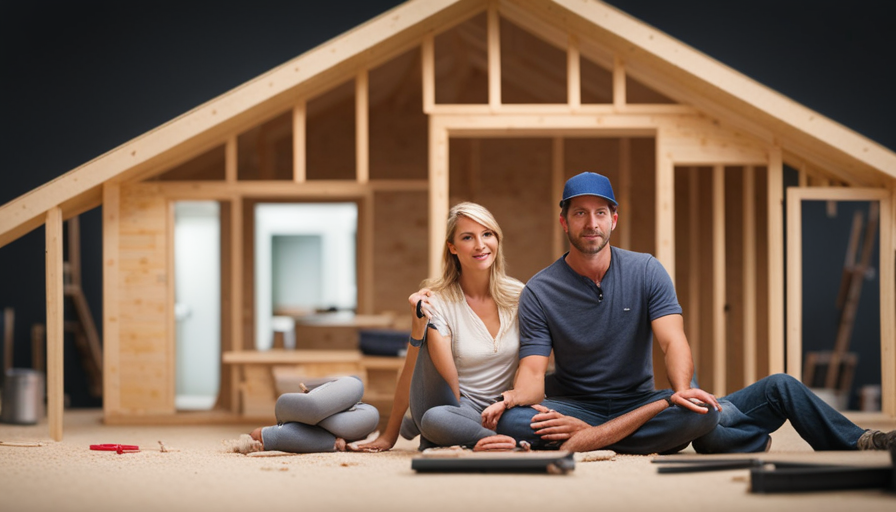What is the Expense of Constructing a 2 Bedroom Tiny Home?
When it comes to housing options, the idea of living in a tiny house has gained immense popularity in recent years. The concept of downsizing and simplifying our lives has captured the imagination of many individuals seeking a more minimalist lifestyle. But how much would it actually cost to build a 2 bedroom tiny house?
In this article, we will delve into the intricacies of tiny house construction, exploring everything from local building codes to financing options. By the end, you will have a comprehensive understanding of the costs involved in building a 2 bedroom tiny house, enabling you to make informed decisions about your own project.
So, if you’re curious about the financial aspects of building a 2 bedroom tiny house, join me as we explore the world of tiny house construction and discover the potential savings and long-term benefits of this unique housing solution.
Key Takeaways
- Building a 2 bedroom tiny house requires understanding local building codes and regulations, as they outline safety, structural integrity, and energy efficiency standards.
- Thorough research is necessary to ensure compliance with regulations, including zoning regulations that can impact where tiny houses can be located and require specific permits.
- Determining a budget and financing options is crucial before starting the project, considering additional expenses such as permits, inspections, and utility connections.
- DIY projects are common among tiny house owners, but hiring professionals ensures work is done by experts with required skills and experience, and they may have access to discounted prices for materials and equipment.
Research Local Building Codes and Regulations
Before diving into the cost of building a 2 bedroom tiny house, let’s first explore the fascinating world of researching local building codes and regulations. This crucial step is often overlooked but is essential to ensure that your tiny house meets all the necessary requirements in your area. Conducting thorough research is vital to avoid any legal issues or complications during the construction process.
To start, you need to research the building codes specific to your location. Building codes outline the minimum standards for construction, including safety, structural integrity, and energy efficiency. These regulations vary from one jurisdiction to another, so it’s crucial to familiarize yourself with the codes applicable in your area.
In addition to building codes, you also need to research any zoning regulations or restrictions. Zoning regulations dictate how properties can be used and can impact your plans for a tiny house. Some areas may have restrictions on where tiny houses can be located or require specific permits for certain types of construction.
By conducting thorough research on building codes and zoning regulations, you can ensure that your 2 bedroom tiny house is compliant with all the necessary requirements. Once you have a clear understanding of the regulations, you can proceed to determine your budget and financing options for your project.
Now that we’ve covered the importance of researching local building codes and regulations, let’s move on to determining your budget and financing options for building a 2 bedroom tiny house.
Determine Your Budget and Financing Options
First, envision your dream 2-bedroom miniature oasis and explore the various ways to fund your cozy haven. When it comes to building a tiny house, budgeting is crucial. Before you embark on this exciting journey, it’s essential to determine your budget and financing options.
To start, consider your overall budget for the project. This includes not only the construction costs but also any additional expenses such as permits, inspections, and utility connections. Take the time to research and gather estimates from contractors, suppliers, and other professionals to get a realistic idea of how much money you will need.
Next, explore your financing alternatives. Depending on your financial situation, you may choose to save up and pay for the project in cash or seek out financing options such as personal loans or RV loans. Each option has its pros and cons, so it’s essential to consider factors such as interest rates, repayment terms, and your ability to secure financing.
Transitioning into the subsequent section about choosing the right location for your tiny house, it is essential to consider the financial aspect when selecting the perfect spot for your cozy abode.
Choose the Right Location for Your Tiny House
As you embark on the exciting journey of finding the perfect spot for your cozy abode, envision the picturesque landscape where your dream miniature oasis will be nestled. Choosing the right location for your tiny house is crucial to ensure a harmonious living experience.
Here are three key factors to consider:
-
Zoning regulations for tiny houses: Before settling on a location, it’s essential to understand the zoning regulations in your area. Some places have specific rules and restrictions for tiny houses, including minimum square footage requirements, setbacks, and foundation types. Researching and complying with these regulations will save you time and potential legal issues down the road.
-
Accessibility: Consider the accessibility of your chosen location. Is it easily accessible by road? Are there nearby amenities, such as grocery stores, medical facilities, and recreational areas? Evaluating the accessibility will help determine the convenience and practicality of your tiny house location.
-
Environmental factors: Take into account the environmental factors that may impact your tiny house. Consider the climate, sun exposure, wind direction, and proximity to natural features like forests or bodies of water. These factors can influence the energy efficiency and overall comfort of your tiny house.
By carefully considering these factors, you can choose the perfect location for your tiny house.
In the next section, we’ll explore how to design your 2-bedroom tiny house layout seamlessly.
Design Your 2 Bedroom Tiny House Layout
Now let’s delve into the exciting task of crafting the layout for your charming 2-bedroom tiny haven.
When designing the layout of your tiny house, it’s essential to maximize every inch of space to create a functional and comfortable living environment. One of the key aspects to consider is the interior design ideas that’ll enhance the overall aesthetic appeal of your tiny house.
Utilizing neutral colors, natural light, and minimalistic decor can create an illusion of spaciousness and tranquility within the limited square footage.
In addition to the interior design, focusing on space-saving furniture options is crucial in optimizing the layout of your tiny house. Look for multifunctional furniture pieces such as convertible sofas, folding tables, and storage ottomans that can serve multiple purposes. Incorporating built-in storage solutions, such as under-bed drawers and wall-mounted shelves, can also help maximize the available space and keep your tiny house organized and clutter-free.
As you consider the layout and design of your 2-bedroom tiny house, keep in mind that the goal is to create a cozy and functional space that meets your needs and preferences.
Now that we’ve explored the exciting world of interior design ideas and space-saving furniture options, let’s move on to the next section and calculate the costs of materials and labor needed for the construction of your dream tiny house.
Calculate the Costs of Materials and Labor
To accurately estimate the expenses for constructing your dream 2 bedroom tiny haven, it’s intriguing to note that the average cost of materials and labor for a typical tiny house ranges between $20,000 and $100,000.
When it comes to building a tiny house, it is essential to conduct thorough research on suppliers to ensure you’re getting the best quality materials at the most affordable prices. Take the time to compare prices and read reviews to make informed decisions.
Additionally, estimating the construction time is crucial in determining labor costs. This can be done by consulting with experienced contractors or builders who can provide you with an estimate based on the complexity of your design and their expertise. Keep in mind that the more unique and intricate your layout, the longer it may take to complete, increasing labor costs.
As you move forward with your plans, it’s important to consider additional expenses, such as permits and utilities, which will be discussed in the subsequent section.
Consider Additional Expenses, such as Permits and Utilities
Don’t forget about the extra expenses you’ll need to budget for, like permits and utilities, when planning your dream 2-bedroom tiny haven.
Permit fees are an essential cost to consider when building a tiny house. Depending on your location, you may need to obtain permits for various aspects of the construction, such as electrical, plumbing, and building permits. These fees can vary greatly, ranging from a few hundred to several thousand dollars. It’s important to research the specific requirements and costs in your area to avoid any unforeseen expenses.
In addition to permit fees, utility connections are another expense to factor into your budget. Connecting your tiny house to electricity, water, and sewage services can add up. Utility companies may charge installation fees, connection fees, and monthly service fees. It’s crucial to contact these companies early in the planning process to understand the costs involved and ensure that your tiny house can be properly connected to these essential services.
Considering and budgeting for these additional expenses, such as permit fees and utility connections, will help you avoid financial surprises during the construction of your 2-bedroom tiny house. Once you have accounted for these costs, you can explore the next step of deciding between DIY or hiring professionals to bring your dream tiny haven to life.
Explore DIY vs. Hiring Professionals
When considering whether to DIY or hire professionals for your 2 bedroom tiny haven, it’s fascinating to note that a survey found that 78% of tiny house owners opted for a DIY approach to save money and have a more hands-on experience. However, it’s important to weigh the pros and cons of each option before making a decision.
Here are three key factors to consider when deciding between a DIY project and hiring professionals for building your 2 bedroom tiny house:
-
Skill level: Do you have the necessary construction skills and knowledge to build a tiny house from scratch? DIY projects require a certain level of expertise in various areas such as carpentry, plumbing, and electrical work. Hiring professionals ensures that the work is done by experts who have the required skills and experience.
-
Time commitment: Building a tiny house is a significant time commitment. DIY projects often take longer to complete as you might need to learn new skills along the way or face unexpected challenges. Hiring professionals can save you time and ensure a more efficient construction process.
-
Cost: While DIY projects can save you money on labor costs, it’s essential to consider the overall cost of materials and equipment. Professionals often have access to discounted prices and can help you make cost-effective choices.
Considering these factors, it’s crucial to compare prices of different building materials and appliances to make informed decisions about your 2 bedroom tiny house project.
Compare Prices of Different Building Materials and Appliances
Finding the perfect balance between affordability and quality is essential when selecting the materials and appliances for your dream 2-bedroom tiny haven. To compare prices, it’s important to research and consider different options available in the market.
For building materials, you can consider alternatives like reclaimed wood, which can provide a unique and eco-friendly touch to your tiny house. Other options include materials like vinyl siding or fiber cement, which are durable and low-maintenance.
When it comes to appliances, energy efficiency is a crucial factor to consider. Energy-efficient appliances not only help reduce your carbon footprint but also save you money in the long run. Look for appliances with high Energy Star ratings, as they consume less electricity and are designed to operate efficiently.
Comparing prices of different building materials and appliances can help you make informed decisions and stay within your budget. Remember to consider the cost of installation, as well as any additional features or warranties that may affect the overall price.
As you plan for long-term maintenance and upkeep costs, it’s important to factor in the durability and lifespan of your chosen materials and appliances. By investing in quality products upfront, you can minimize future repair and replacement expenses.
Transitioning into the subsequent section about planning for long-term maintenance and upkeep costs, it is crucial to consider every aspect of your tiny house to ensure it remains a comfortable and sustainable space for years to come.
Plan for Long-Term Maintenance and Upkeep Costs
When it comes to building a tiny house, it’s important to not only consider the initial construction costs but also the long-term maintenance and upkeep expenses. This is crucial in order to accurately assess the overall cost of owning a 2-bedroom tiny house in the long run.
Long-term maintenance costs include regular upkeep, repairs, and replacements of various components such as roofing, siding, plumbing, electrical, and HVAC systems. These expenses can add up over time and should be factored into your budget.
Additionally, you may need to allocate funds for pest control, landscaping, and general cleaning to ensure the longevity and livability of your tiny house.
To provide a visual representation of these ideas, here are three key items to consider for long-term maintenance costs and upkeep expenses:
-
Regular maintenance and repairs of essential systems and components.
-
Replacement of worn-out or damaged materials.
-
Additional expenses for pest control, landscaping, and general cleaning.
Considering these factors will help you estimate the ongoing costs associated with owning a tiny house and make informed decisions about your investment.
Now, let’s move on to evaluate the return on investment and long-term savings potential of building a 2-bedroom tiny house.
Evaluate the Return on Investment and Long-Term Savings Potential
To truly assess the value and potential savings of investing in a 2-bedroom tiny house, it’s time to consider the long-term return on investment and how it can make your financial dreams come true. Evaluating the ROI of a tiny house involves calculating the savings potential over an extended period.
One of the primary advantages of a tiny house is the significantly lower cost compared to traditional homes. With a smaller footprint, the initial investment is considerably less, and this translates into lower mortgage payments or even the possibility of purchasing the house outright. By evaluating the ROI, you can determine how quickly you’ll recoup your initial investment through savings on housing expenses.
Additionally, the potential long-term savings of a tiny house are substantial. With reduced square footage, utility costs are significantly lower, and maintenance expenses are typically less as well. Furthermore, living in a smaller space encourages a more minimalist lifestyle, which can lead to reduced spending on unnecessary items.
Calculating the savings potential of a 2-bedroom tiny house involves considering factors such as reduced mortgage payments, lower utility bills, and decreased maintenance costs. By conducting a thorough evaluation of the ROI, you can determine if a tiny house is a financially viable option for you and whether it can help you achieve your long-term financial goals.
Frequently Asked Questions
How much does it cost to obtain permits for building a 2 bedroom tiny house?
Obtaining permits for building a 2 bedroom tiny house typically costs around $500 to $2,000, depending on the location. The cost includes fees for inspections, zoning compliance, and documentation. It is important to check with the local authorities for specific requirements and costs.
Are there any specific regulations or restrictions for building a tiny house in my area?
Yes, there are specific building regulations and zoning restrictions that need to be considered when building a tiny house in my area. These regulations ensure compliance with safety standards and maintain the integrity of the community.
What are the average utility costs for a 2 bedroom tiny house?
The average utility costs for a 2 bedroom tiny house can vary depending on its energy efficiency. However, with proper insulation, efficient appliances, and renewable energy sources, you can expect lower utility bills compared to a traditional house.
How much does it cost to hire professionals for building a 2 bedroom tiny house?
Hiring professionals for building a 2 bedroom tiny house can vary depending on the complexity of the project. Costs can include labor, materials, permits, and design fees. DIY options may save on labor costs but require more time and expertise.
What are the long-term maintenance and upkeep costs for a 2 bedroom tiny house?
The long-term maintenance and upkeep costs for a 2 bedroom tiny house include regular maintenance expenses such as repairs, cleaning, and utilities. Additionally, it is advisable to have long-term insurance coverage to protect against unforeseen damages or accidents.
Conclusion
In conclusion, building a 2-bedroom tiny house requires careful planning and budgeting. By researching local regulations, determining your financing options, and choosing the right location, you can ensure a successful project.
It’s important to design a layout that maximizes space efficiency and calculate the costs of materials and labor. Whether you decide to take on the project yourself or hire professionals, comparing prices of building materials and appliances is crucial.
Additionally, considering long-term maintenance costs and potential savings can help you evaluate the return on investment. Building a tiny house is like embarking on a voyage – it may have its challenges, but the rewards of living a simpler, more sustainable life are worth it.
Hi, I’m Emma. I’m the Editor in Chief of Tiny House 43, a blog all about tiny houses. While tree houses are often associated with childhood, they can be the perfect adult retreat. They offer a cozy space to relax and unwind, surrounded by nature. And since they’re typically built on stilts or raised platforms, they offer stunning views that traditional homes simply can’t match. If you’re looking for a unique and romantic getaway, a tree house tiny house might just be the perfect option.
